6 Home-Inspection Deal Breakers
A family was five minutes into an inspection of their Crown Heights dream house when it abruptly came to an end. The inspector had discovered a gas leak in the cellar — actually a crawl space — and ordered everyone out of the house. Deal breaker? You might be surprised. Few inspections are as dramatic….
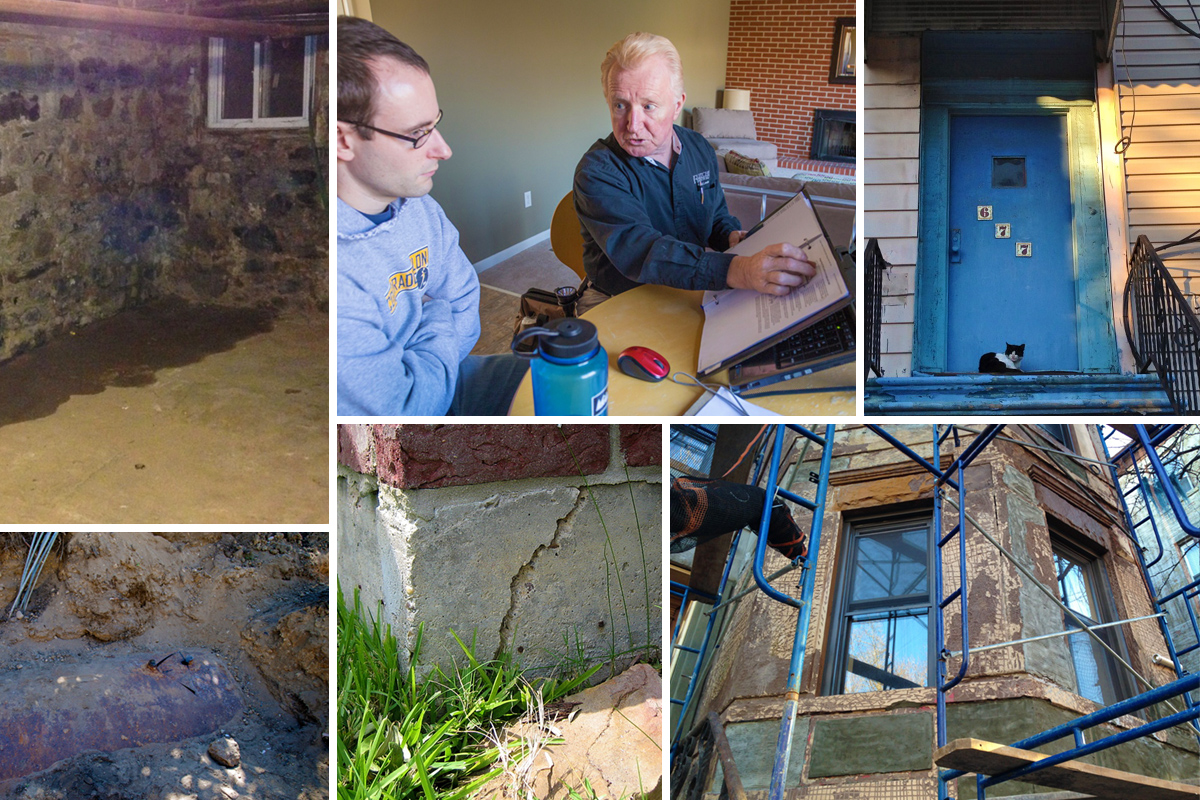
A family was five minutes into an inspection of their Crown Heights dream house when it abruptly came to an end. The inspector had discovered a gas leak in the cellar — actually a crawl space — and ordered everyone out of the house.
Deal breaker? You might be surprised.
Few inspections are as dramatic. But a leaking gas line isn’t necessarily a deal breaker. Eventually, the gas was turned off, and the house sold — to another family, who renovated it and rented it out.
Given enough time and money, almost any home is salvageable, as George Nash points out in Renovating Old Houses.
But read on to know what to watch out for — the red flags that could cost you big bucks.
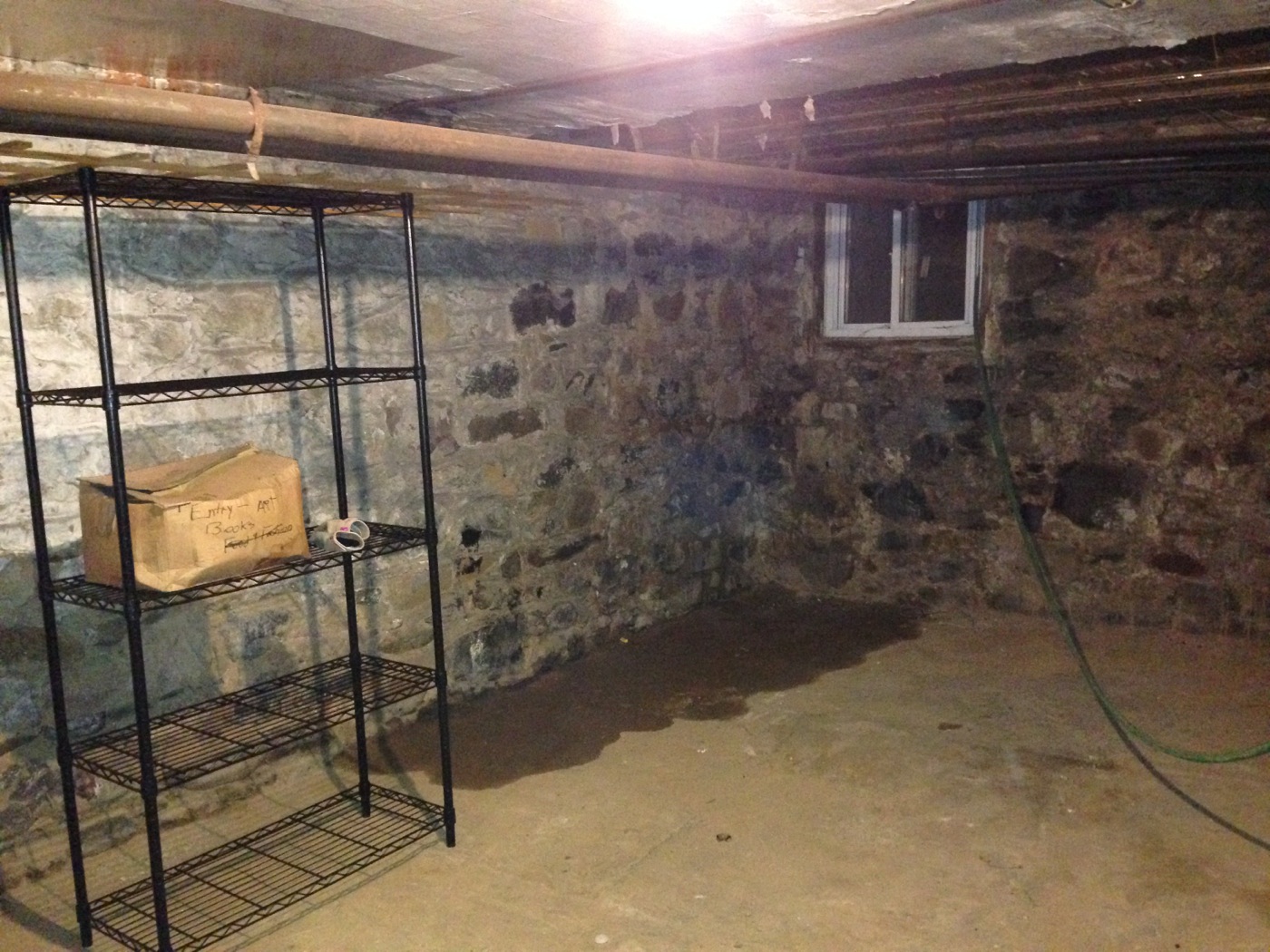
6. Leaks or extensive water damage.
A little bit of water damage, such as a stain from a one-time toilet overflow, is not usually anything to worry about. But extensive water damage — say, from a roof leak or open windows — that goes on for years and penetrates a significant amount of the house? That can mean tearing out and rebuilding the affected parts of the structure.
Fixing a wet cellar could be as simple as regrading the cement outside so water flows away from the foundation. Or the cause could take years to figure out. In any case, a wet cellar is not a good sign. Also beware of mysterious additions that might be covering up a leak.
One Brownstoner reader discovered after closing that the seller had simply covered over a wet area in the basement by adding walls over years rather than fixing the problem.
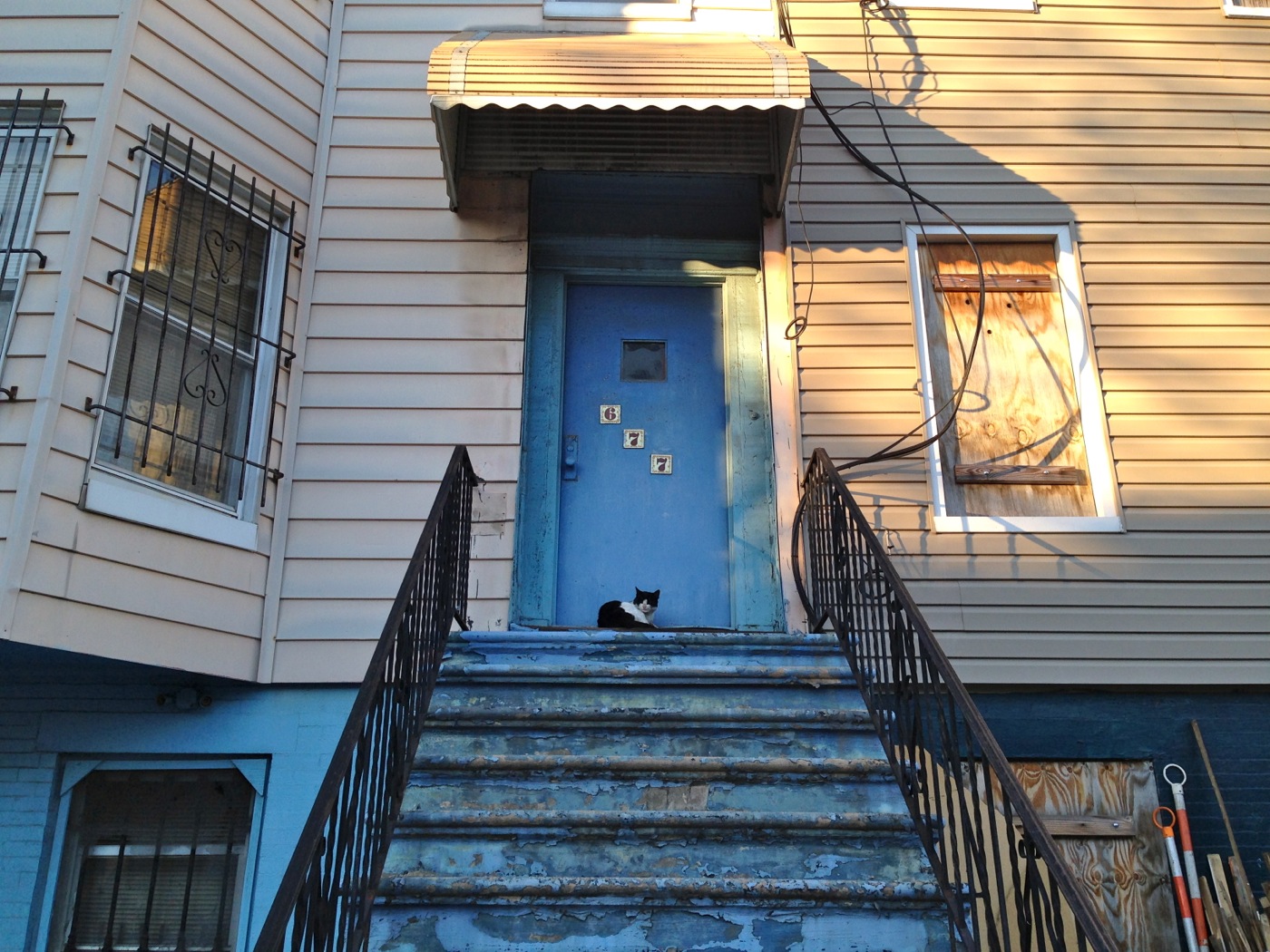
5. Animal damage.
It’s rare, but damage from pets or wild animals can be so extensive it necessitates replacing all the flooring and about six inches of the walls to get rid of odor. Be wary of scented candles and windows cracked open at showings. One friend spent so much to fix this unexpected problem, she could have bought a house closer to friends and family in a more expensive area.
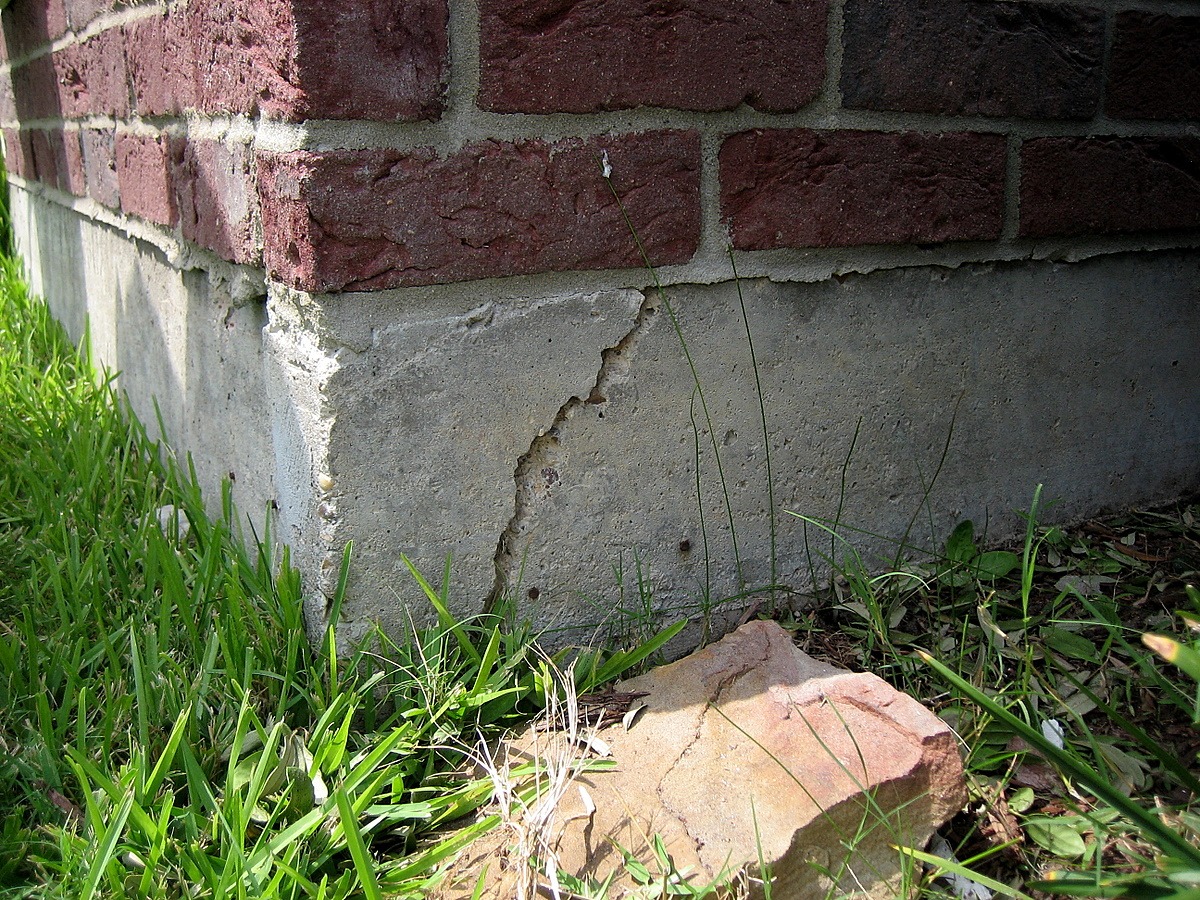
4. A bulging foundation or big diagonal cracks.
Your home inspector should alert you to any serious structural issues, such as a bulging foundation or large diagonal cracks anywhere in the building. Both can indicate an unstable building — and cost a bundle to repair.
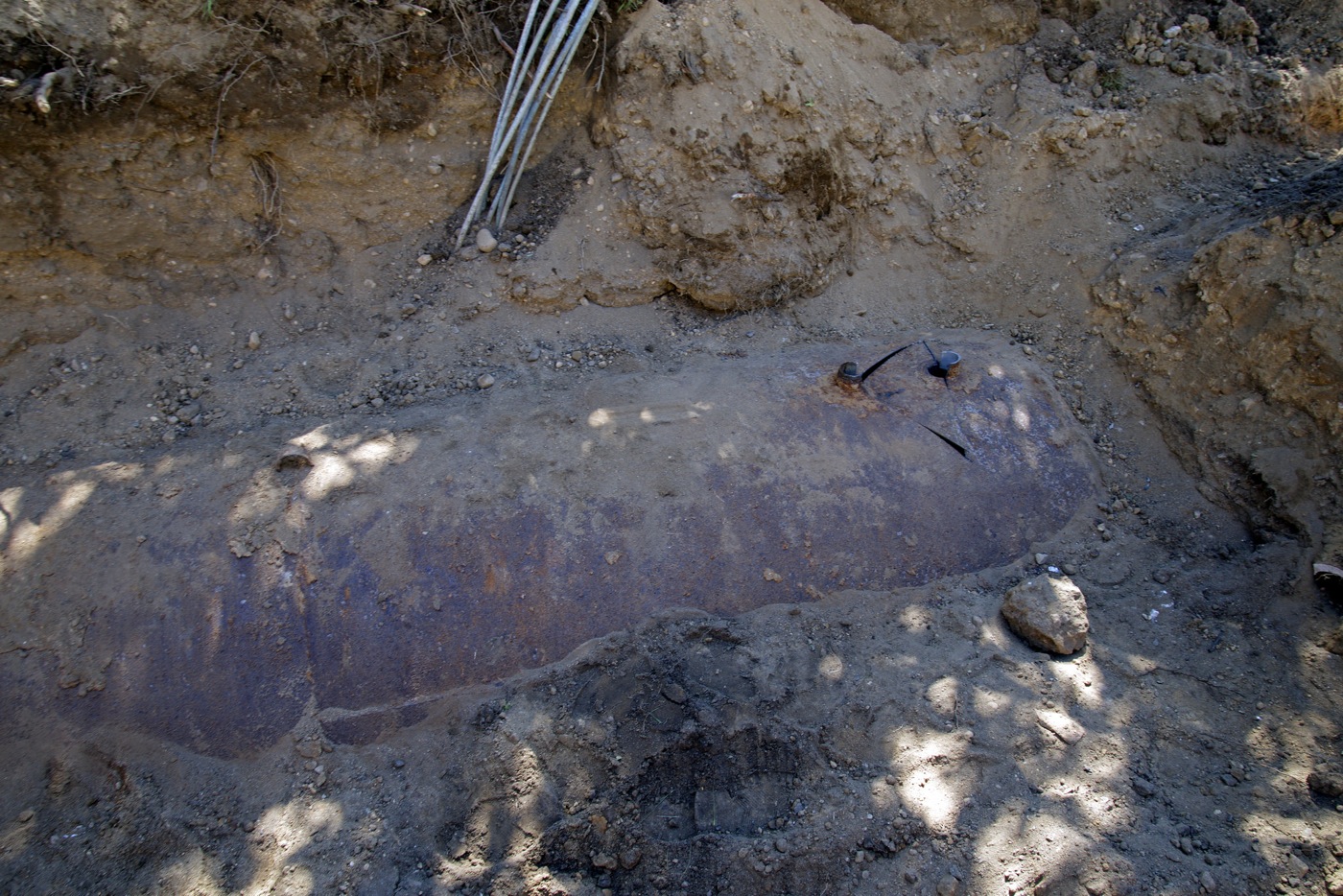
3. A buried and leaking oil tank.
A buried and leaking oil tank requires remediation — which can be costly. Even if a buried oil tank is not leaking — yet — removing or decommissioning it can be a smart move to avoid future problems.
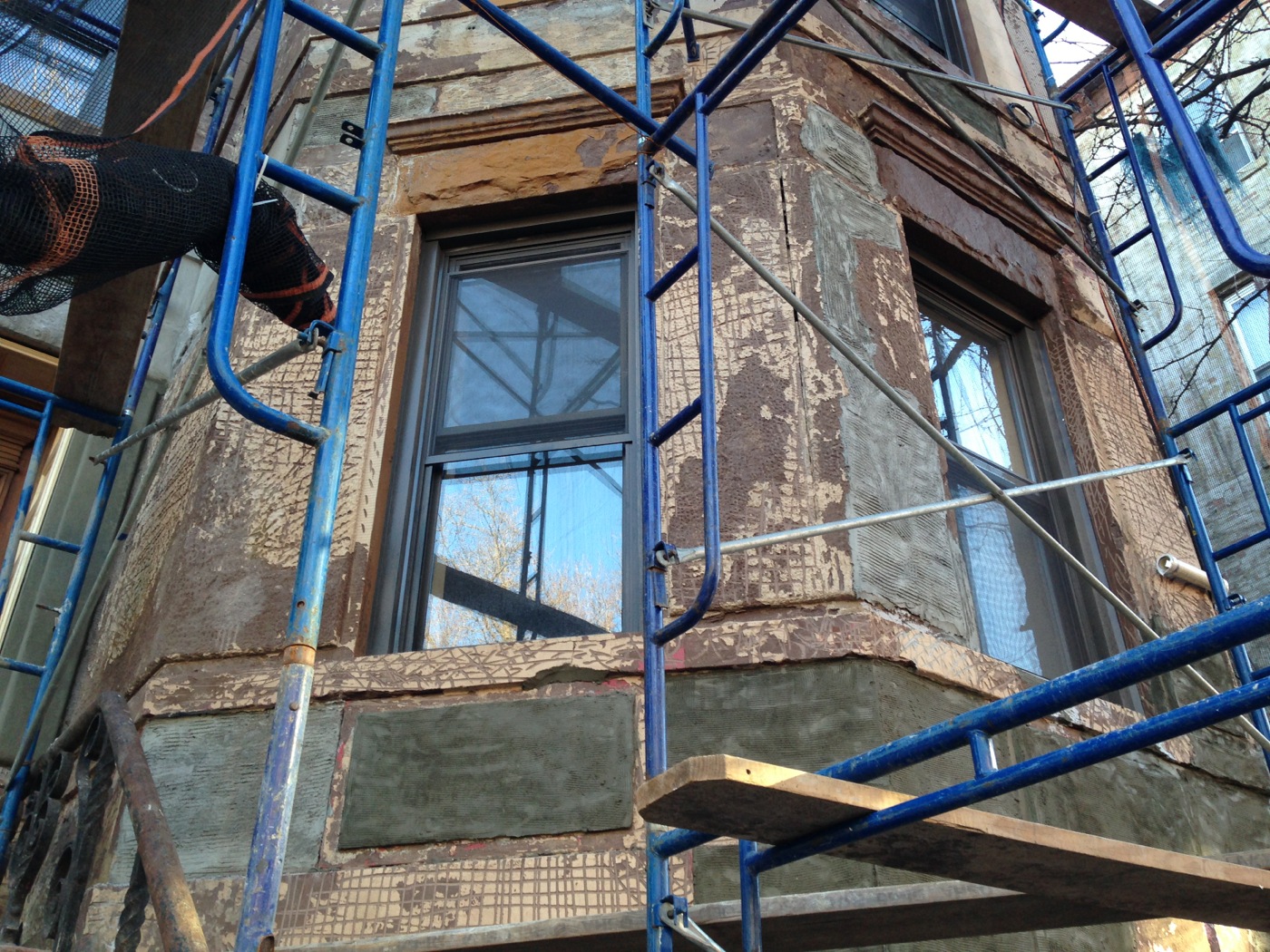
2. A crumbling brownstone facade.
Deteriorating brownstone is a common sight in Brooklyn. If you own a brownstone, you may have to repair the facade eventually.
Chipping away and skim coating the facade with brown-colored stucco typically starts at about $75,000 and goes up from there. In comparison, other types of facade repair — painting, repointing brick, or replacing siding, for example — are relatively affordable.
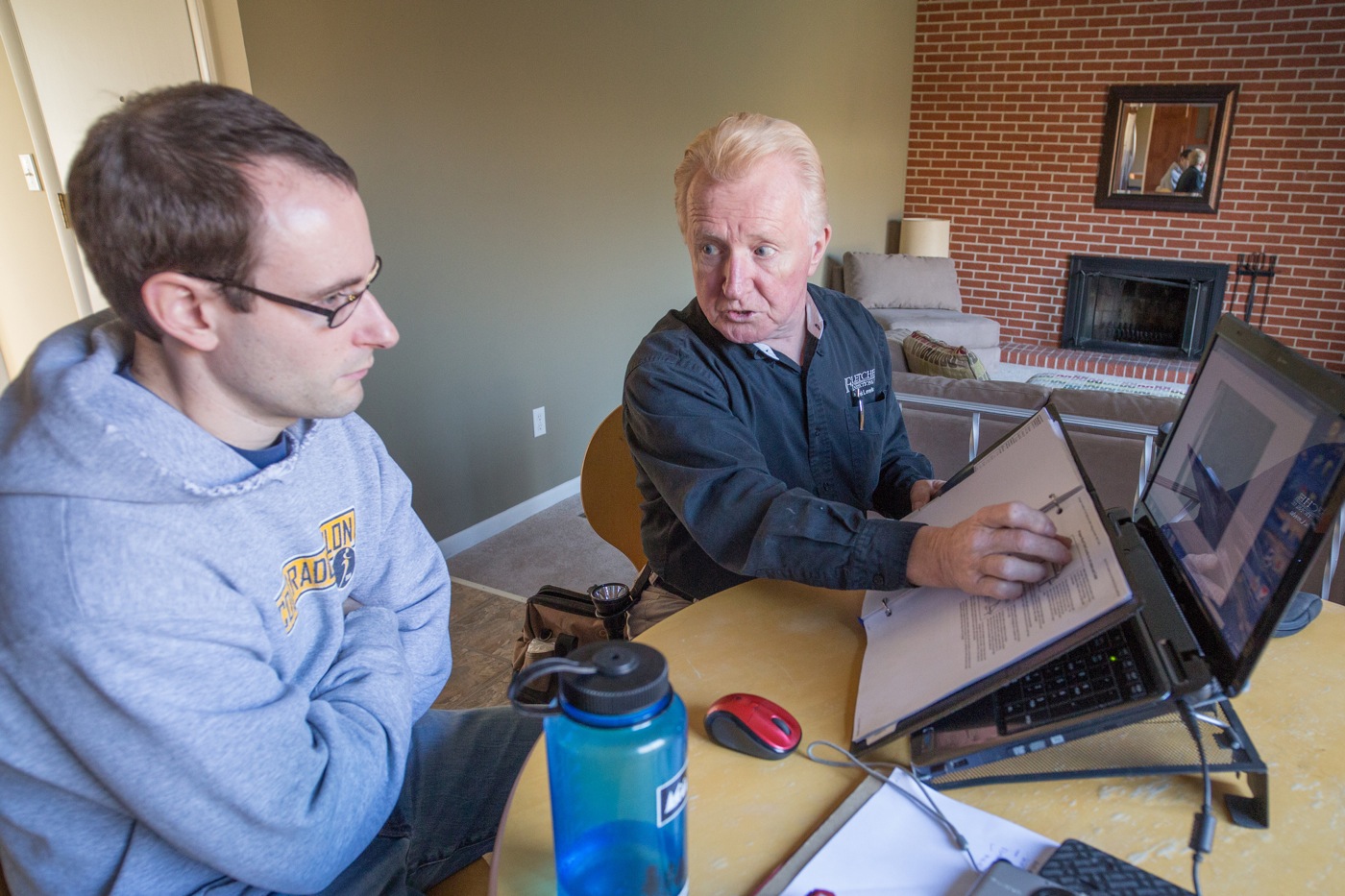
1. Any repairs that exceed your budget.
Depending on what your budget is for repair and renovation, almost anything could be a deal breaker if it exceeds your resources. While you might want to take an inspection report with a slight grain of salt — typically they recommend replacing anything that isn’t new — key items can add up.
What are your home-inspection deal breakers?
Related Stories
How to Restore a Brownstone Facade
Top 10 Things You Should Know Before Renovating an Old House
Renovating and Decorating a Brownstone on a Budget
Email tips@brownstoner.com with further comments, questions or tips. Follow Brownstoner on Twitter and Instagram, and like us on Facebook.
[sc:daily-email-signup ]








What's Your Take? Leave a Comment